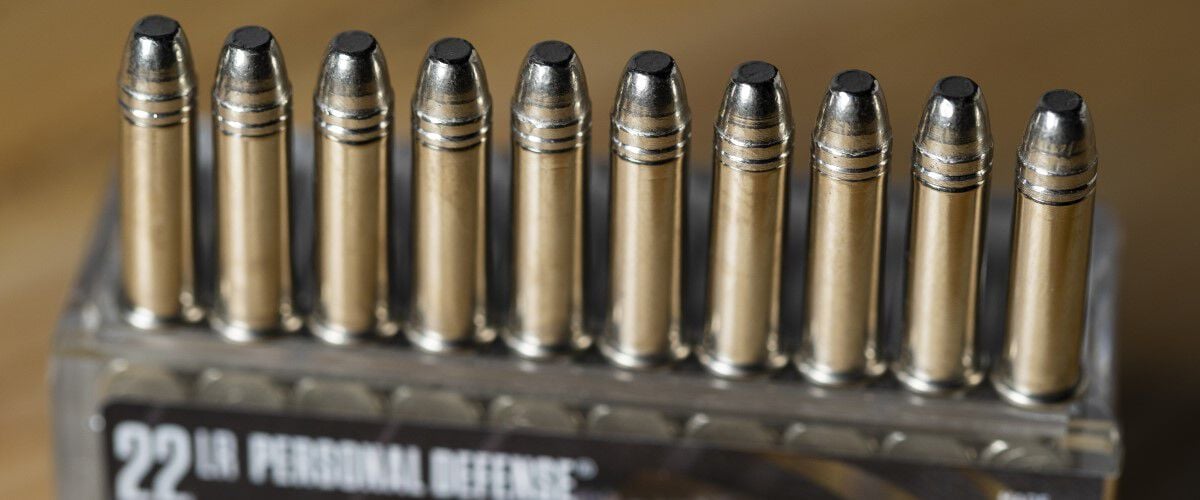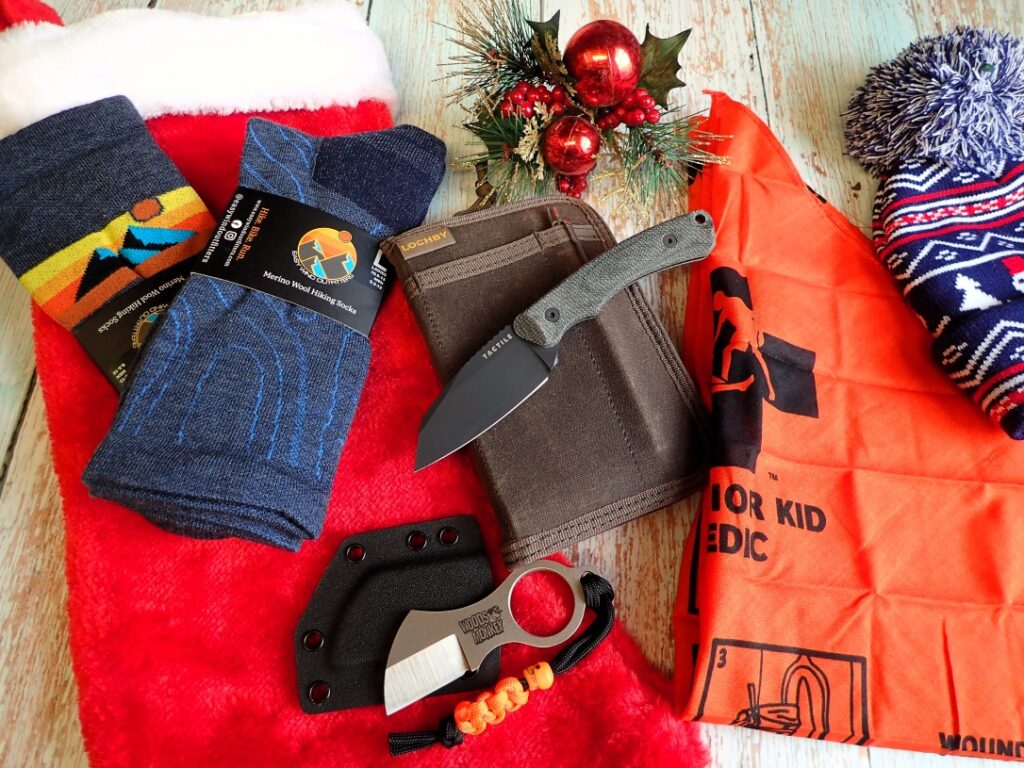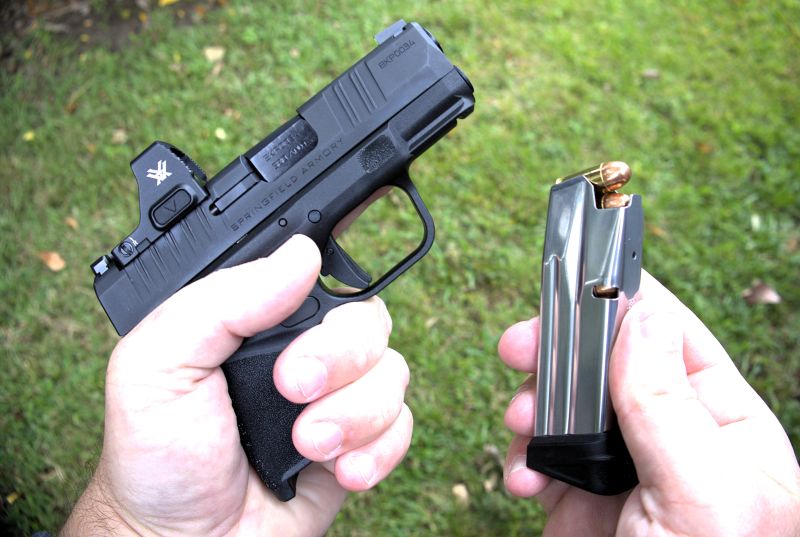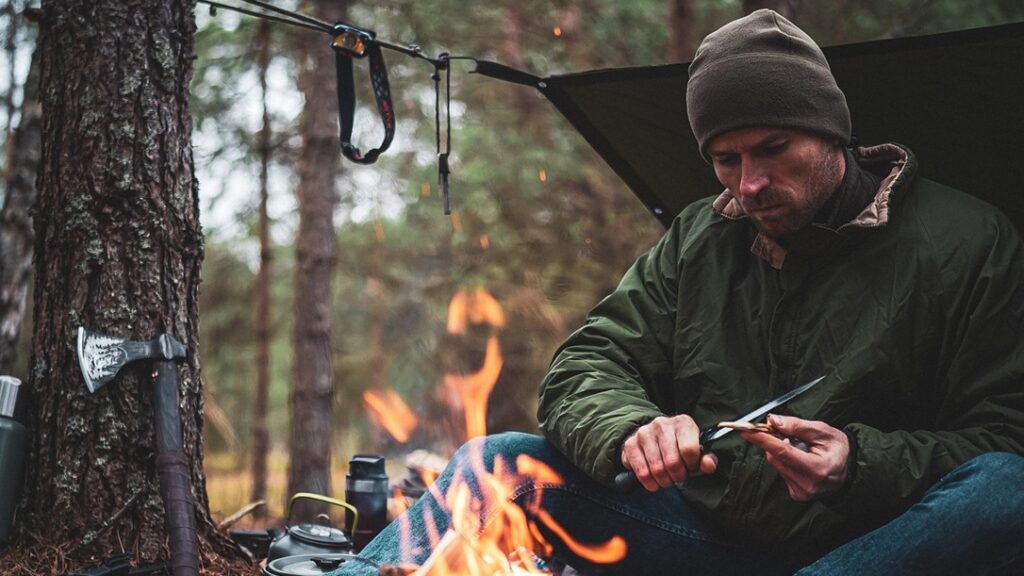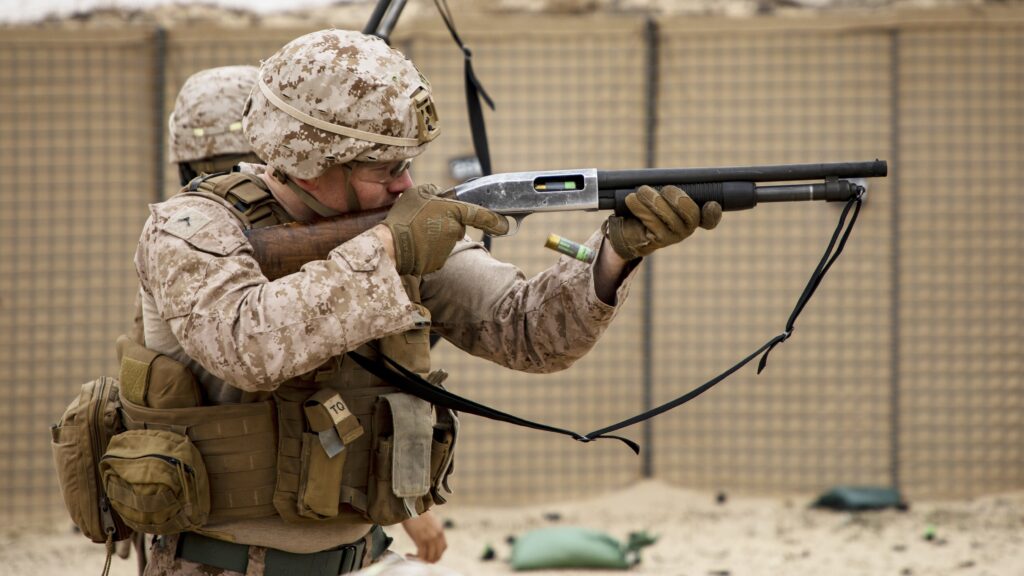Can the little .22LR be a capable defensive cartridge? Is it viable? Can you grab a .22LR revolver or micro-sized semi-auto handgun, toss it in your pocket, and call it a day? The answer is yes, as long as you’re willing to do the homework, accept the downsides, and are prepared to train, train, train. Let’s dig into the defensive .22LR.
The Defensive .22LR and Terminal Ballistics
Let’s talk about terminal ballistics and handguns. First, they suck. All handgun calibers suck. We accept it, and we accept it because these guns are easy to carry and convenient. We also have to accept that there is no such thing as stopping power when it comes to a handgun. The .45 ACP isn’t magic because it’s bigger, and the old Thompson meat yard test was a waste of government resources.
A handgun round, regardless of its size, isn’t moving fast enough to cause secondary wounding characteristics. The only damage done is the direct damage done by the projectile, tearing through flesh. A bigger bullet makes a bigger hole, but the benefit of a bigger hole is blood loss. Blood loss isn’t a great way to stop a threat quickly.
Advertisement — Continue Reading Below
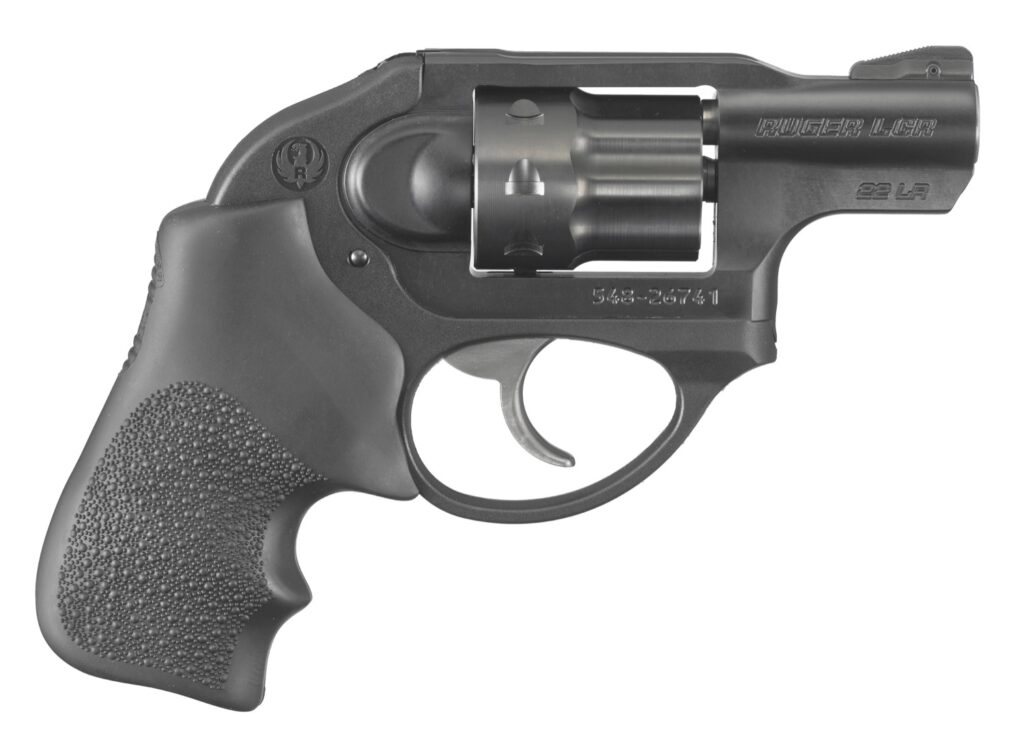
With handgun cartridges, you have to be able to put a round in a vital area. The round needs to strike something that can effectively end the fight, like the brain, the heart, or the spine. Lung shots can be effective, but you need to make a lot of them to make a quick end to the threat. If you aren’t striking something vital, the size of your bullet doesn’t matter.
At least not in that moment. This is where we get to the most important defensive characteristic of a handgun cartridge, and that’s penetration. We want a cartridge that, when fired from our pistol of choice, can penetrate at least 12 inches of properly calibrated ballistic gel. Past that, we can get into expansion, which makes a bigger hole and helps prevent overpenetration.
Advertisement — Continue Reading Below
Does the .22LR Meet the Standard?
Yes, sometimes. And it depends. There are lots and lots of different types of .22LR ammo on the market, and not all of it will reach the standard. Hollow points and soft lead nose rounds aren’t going to penetrate deep enough to make it. We need to avoid those rounds, and we have to get rid of any idea of expansion from a hollow point.
Defensive .22LR ammo is the way to go. Yep, they make it. Specifically, rounds like Federal Punch work well for defensive use. This round uses a solid, hard-nose projectile to maximize penetration from a short barrel. It’s 29 grains and moves at 1,080 feet per second from a short barrel.
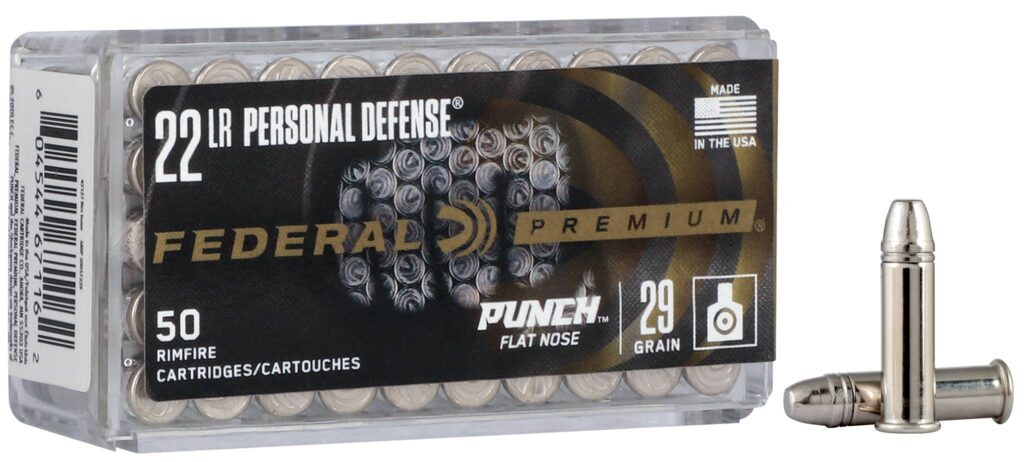
Advertisement — Continue Reading Below
Other cartridges include CCI Velocitor and Winchester 37-grain Varmint HE, which penetrates deep from short-barreled guns. I keep bringing up short barrels because that’s what most people are going to carry a .22LR in. If that’s not you, and you want to step up to something longer, then you have even more options thanks to the extra velocity. If you stay away from hollow points, most three to four-inch barrels will work.
But Why The Defensive .22LR?
If you want a pocket pistol, your options are limited. A lot of micro-sized .380 ACPs are options, but they suck to shoot. Getting fast follow-up shots simply isn’t going to happen for most shooters. The other option is the rare .32 ACP, which is my preferred option, but .32 ACP is expensive, and the guns aren’t all that common.
That leaves us with .22LR. There are a handful of pocket-ready .22LR pistols that are easy to conceal and easy to shoot. Recoil, even with hot defensive ammo, is a joke. For non-gun people, the pocket defensive .22LR is a viable option for self-defense that allows for easy follow-up shots and lots and lots of training.
Advertisement — Continue Reading Below
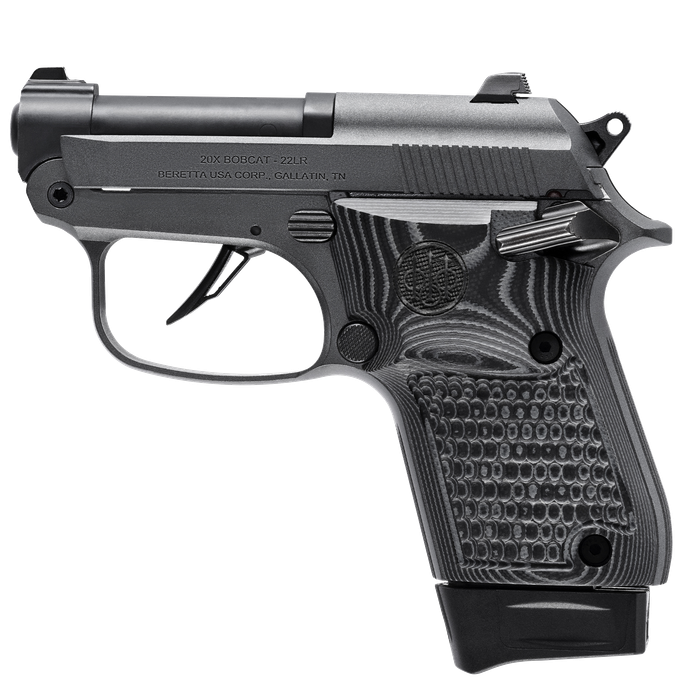
You can shoot a lot without getting tired or feeling beat up and without spending a lot of money. That’s the main advantage of the defensive .22LR. There are very few pocket .380s I’d carry over a pocket .22LR because I like fast follow-up shots, and I want to be able to shoot with a single hand if necessary.
The Downsides
Obviously, there is no such thing as a free lunch. The defensive .22LR faces issues with ignition thanks to rimfire primers. Premium ammo seems to be reliable, so it’s less of an issue, but still one to be ready for.
Advertisement — Continue Reading Below
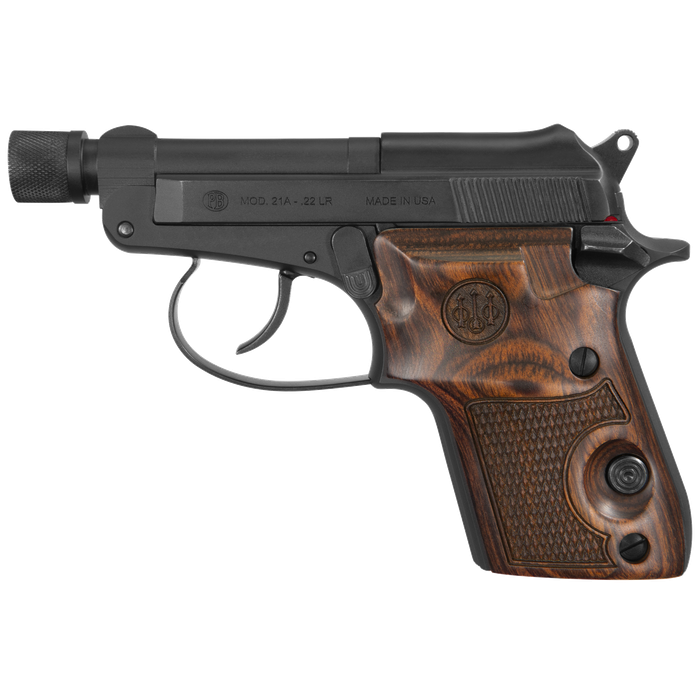
Additionally, even the best .22LR is only making it just past the minimum amount of penetration. Introduce odd angles, or having to shoot through arms and hands, and the round tumbles, losing velocity and therefore penetration. That can be a serious downside, and you need to be competent with your shot placement, but that’s a problem with any handgun.
Carrying a .22LR
A .22LR isn’t the optimum carry solution, but it can be a solution. With the right ammo, the caliber can reach deep enough to matter. A defensive .22LR has minimal recoil, often excellent capacity, and for some people, it’s the only option. If that’s your option, carry smart, with proven ammo, and a competent carry gun.
Advertisement — Continue Reading Below
